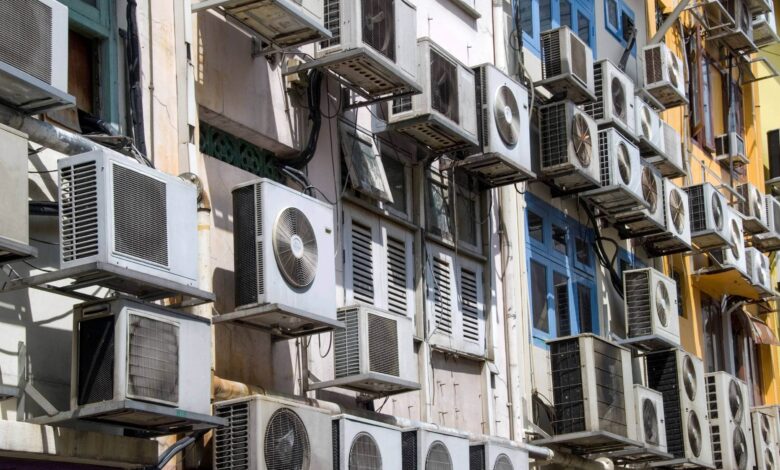
When the temperature changes dramatically, we rush to turn on our heating or cooling systems for comfort. As the frequency of extreme weather events increases due to climate change, heating and cooling devices will also turn on more, causing spikes in daytime carbon emissions that will lead to more climate change. Failure to break this vicious cycle means the problem is compounded.
Zhu Liu at Tsinghua University and colleagues tracked daily global carbon dioxide emissions since January 2019 to examine how seasonal cycles, time of week, weather conditions and other factors affect it. They used data collected between 2019 and 2022 to train a machine learning algorithm to estimate daily CO2 emissions since 1970 globally and nationally for key countries.
The results indicated a significant increase in daily CO2 emissions from 1970 to 2022 (an average of 50.6 megatons per day in 1970 to 106.9 megatons per day in 2022). We know that the amount of publications during the last 50 years has increased significantly along with the industrialization of countries around the world.
More interestingly, Liu’s team also identified a previously overlooked trend in increased greenhouse gas emissions due to extremely hot and cold days. These days were defined as periods during which the temperature decreased or increased significantly during the period from 1970 to 2020. For example, daily emissions on very cold days in Germany increased by 11 percent over the corresponding month’s average during the study period, and carbon dioxide emissions in Japan increased by 4 percent on very hot days.
The increase in greenhouse gas emissions due to extreme heat accelerated in the 2010s. During this decade, the average number of very hot days per year more than doubled compared to the 1970s.
According to scientists, the increase in greenhouse gas emissions is the result of poor adaptation to a changing climate. This creates a feedback loop in which extreme weather conditions cause more emissions, which in turn exacerbates climate change.
The researchers also identified a critical temperature for each country where emissions were generally at their lowest. This temperature is 19.5 degrees in China, 15 degrees in the United States and 18.2 degrees in Japan. For most countries, when temperatures rise above or below this level, emissions begin to rise.
Glenn Peters, a team member at the International Climate Research Center in Norway, says governments should consider the impact of extreme weather and how people react to adverse conditions when designing future energy systems; Because, for example, the increase in demand for cooling devices can intensify the effects.
One of the limitations of the study is that the data used to train the algorithm includes two years of the outbreak of Covid-19, during which the world saw a decrease in carbon emissions. This algorithm also does not take into account the differences between society in the 1970s and society today. For example, access to air conditioning was much lower in the 1970s; This means that during that time, very hot days had less effect on carbon dioxide emissions.
While the exact numbers are uncertain, the general trend is clear that a move toward more extreme temperatures leads to more carbon emissions, experts said, suggesting that global warming will make reducing greenhouse gas emissions more challenging.









